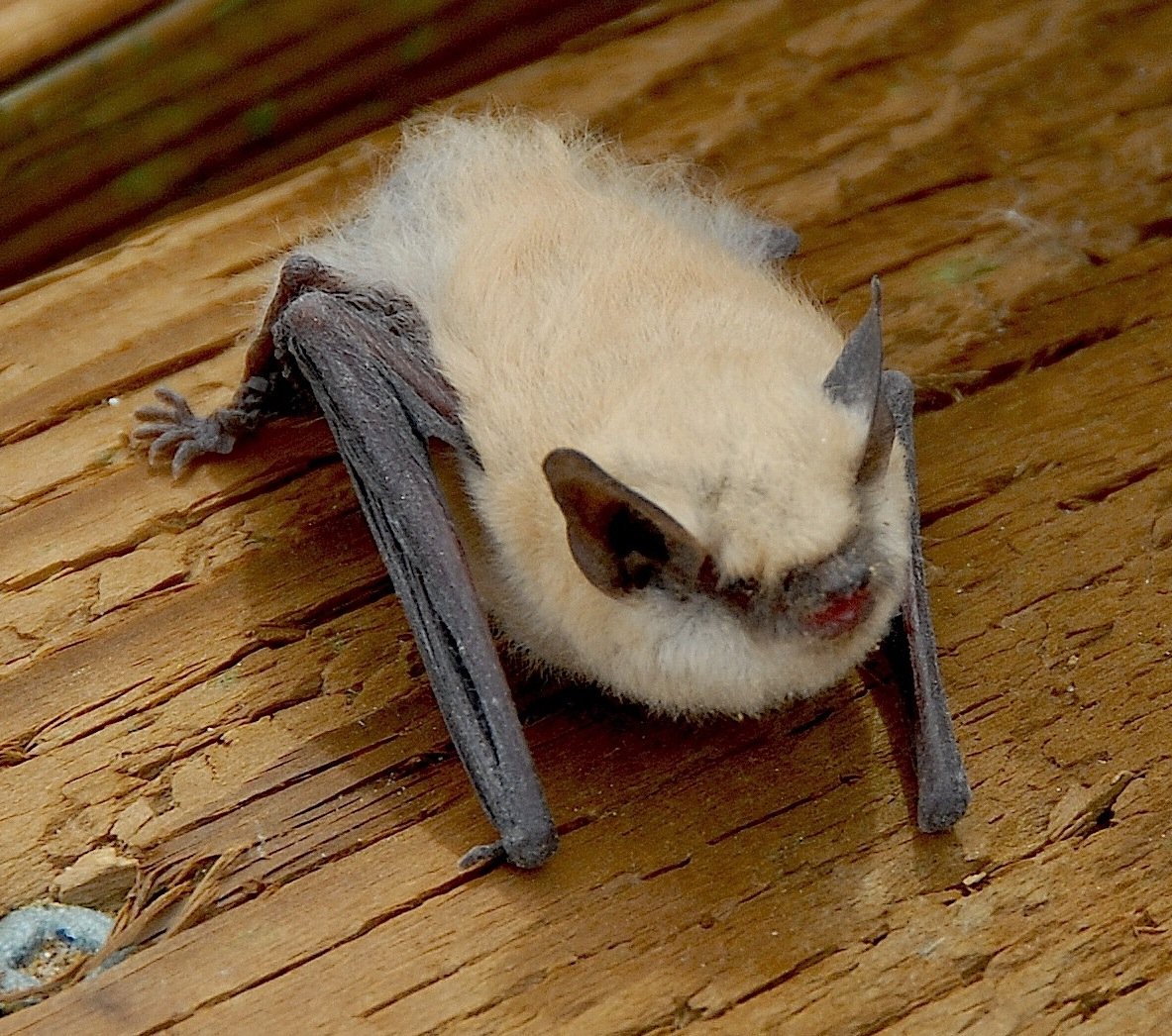Canyon Bat: Parastrellus Hesperus

A vesper bat species in the Western pipistrelle family (Parastrellus hesperus), also referred to as the canyon bat. It is found in the western United States and Mexico.
Historically, the species has been placed in the Pipistrellus genus. Still, there is no close relationship between molecular evidence and that genus, and it was therefore classified into its own genus, Parastrellus, in 2006.
Learn More About: Bat Species In North America
Characteristics Of The Canyon Bat
The canyon bat is on the smaller end of the bat species. With its slow, erratic, butterfly-like flight, it is easily recognized.
It has short black ears, grayish-brown fur, and a distinctive black mask, making it one of North America’s most attractive bats.
It has a weight of less than 4 g, just over a penny. Other measurements are 190-215 mm wingspan, 68-75 mm total length, and 29-31 mm forearm.
Only at close range can the size of this bat be appreciated. It appears fragile in the air and can be blown off course by the slightest breeze or causes the bat to stall mid-flight. 1Go To Source us-parks.com -“Canyon Bat”
Habitats The Canyon Bat Call Home
Habitats inhabited by the canyon bat range from stony canyons to cliffs and caves. They are the most abundant North American bats found in deserts but are also found in arid brushlands, grasslands, and even some forests at higher elevations.
In rock crevices, under rocks, in burrows, mines, and buildings, canyon bats spend their days roosting. Canyon bats spend their winters hibernating in mines, caves, and rock crevices.
Water is a very significant resource that determines this bat’s distribution. Canyon bats usually roost close to a water source due to the high proportion of protein in their diet, the arid environment they inhabit, and the subsequent high levels of evaporative water loss.
A critical factor in successful bat reproduction for the canyon bat is the availability of maternity roost locations. The species will not settle until a suitable place to raise its young is found. 2Go To Source animaldiversity.org -“Pipistrellus hesperus western pipistrelle”
Habits Of The Canyon Bat

The canyon bat is known for being an early riser. This bat will begin foraging for food before sunset to have first pickings of its prey. Most active during warmer months, the cold will force the canyon bat into hibernation.
The winter habits of this bat are not well known. It is believed that they can move short distances in cooler climates to find an appropriate hibernating habitat. In mines, caves, and rock crevices, they will hibernate.
Due to the size of the canyon bat, it will attempt evading predators rather than fighting them off. Flight allows for easy escapes from land-bound predators but the canyon bat is often captured by bigger flying predators such as hawks and owls.
Canyon Bat Reproduction
Each year, one or two baby bats are born in June. Small nursery colonies of 20-50 females and young may form these bats. The young are very young and, at an early age, exhibit the black mask. Males during much of the summer are segregated from females. Copulation occurs in the hibernaculum, followed in spring by ovulation. 3Go To Source cnhp.colostate.edu -“Canyon Bat”
Canyon Bat Diet
Canyon bats eat little moths, beetles, mosquitoes, and other flies. The canyon bat begins to forage very early in the day and sometimes before sunset.
Near canyon walls and among scattered boulders and shrubs, the animals forage. Throughout the year, they remain active, but it appears that winds above 10 mph limit foraging.
Top 5 Predators Of The Canyon Bat
- Hawks
- Mice
- Snakes
- Owls
- Raccoons
References:
- U.S. Parks. “Canyon Bat.” US-Parks.Com, U.S. Parks, www.us-parks.com/nature-and-wildlife/mammals/canyon-bat.html. Accessed 8 Dec. 2020.
- Peters, Ted. “Pipistrellus Hesperus (Western Pipistrelle).” Animal Diversity Web, University Of Michigan, animaldiversity.org/accounts/Pipistrellus_hesperus. Accessed 8 Dec. 2020.
- Colorado Bat Working Group. “SpeciesProfile.” Colorado Bat Working Group, Colorado State University, cnhp.colostate.edu/cbwg/bat-list/speciesprofile/?speciesID=14. Accessed 8 Dec. 2020.
